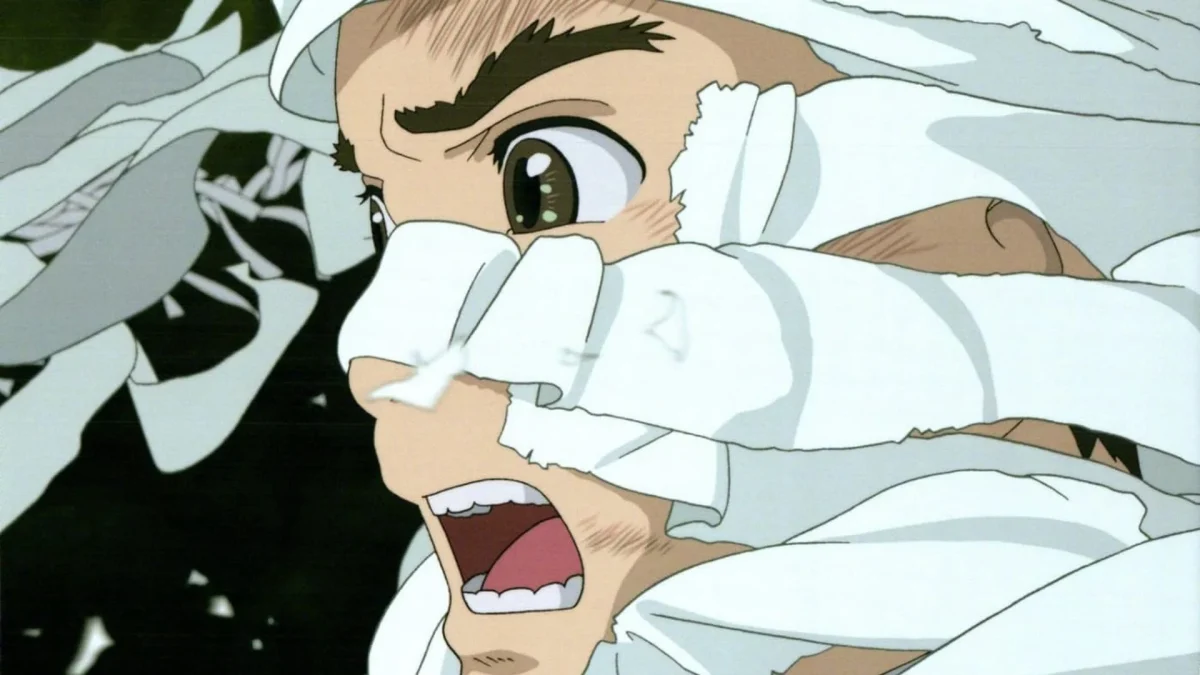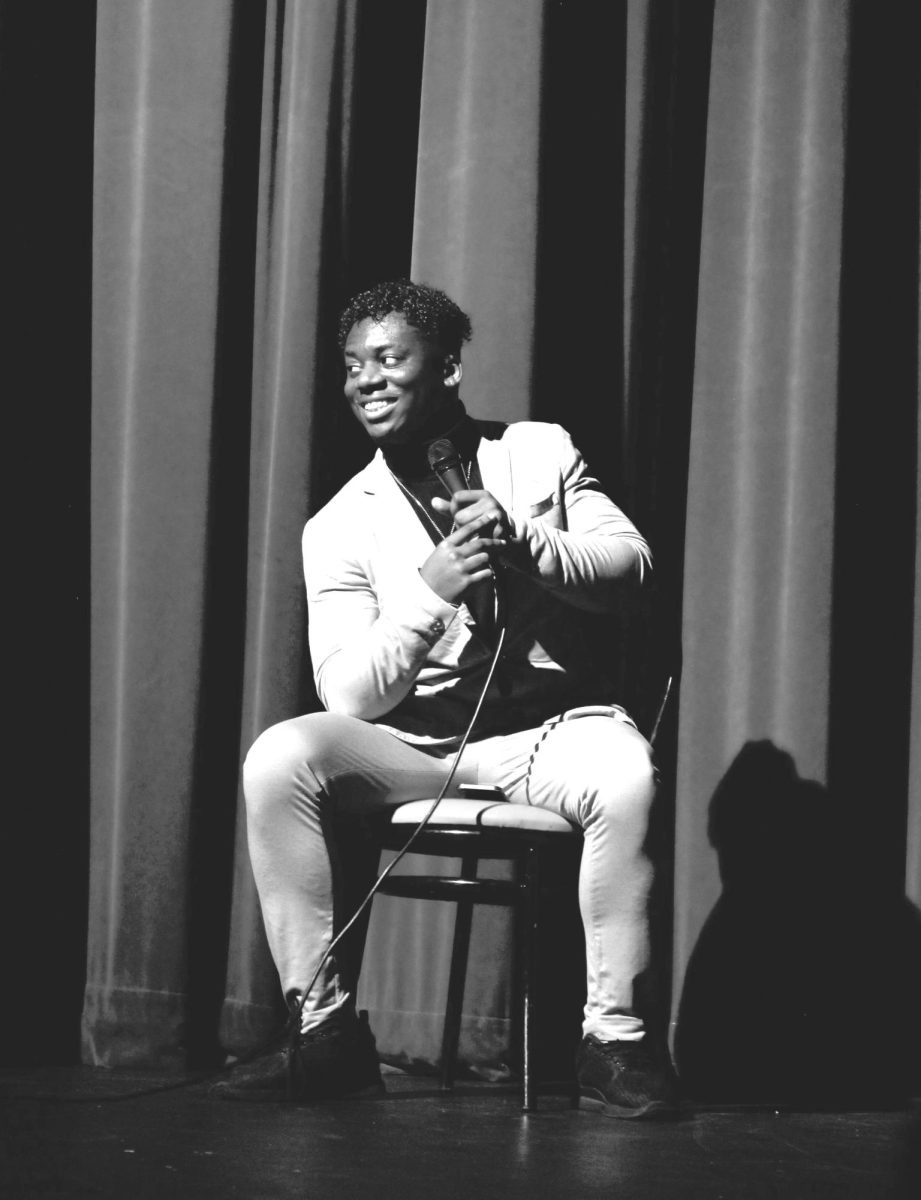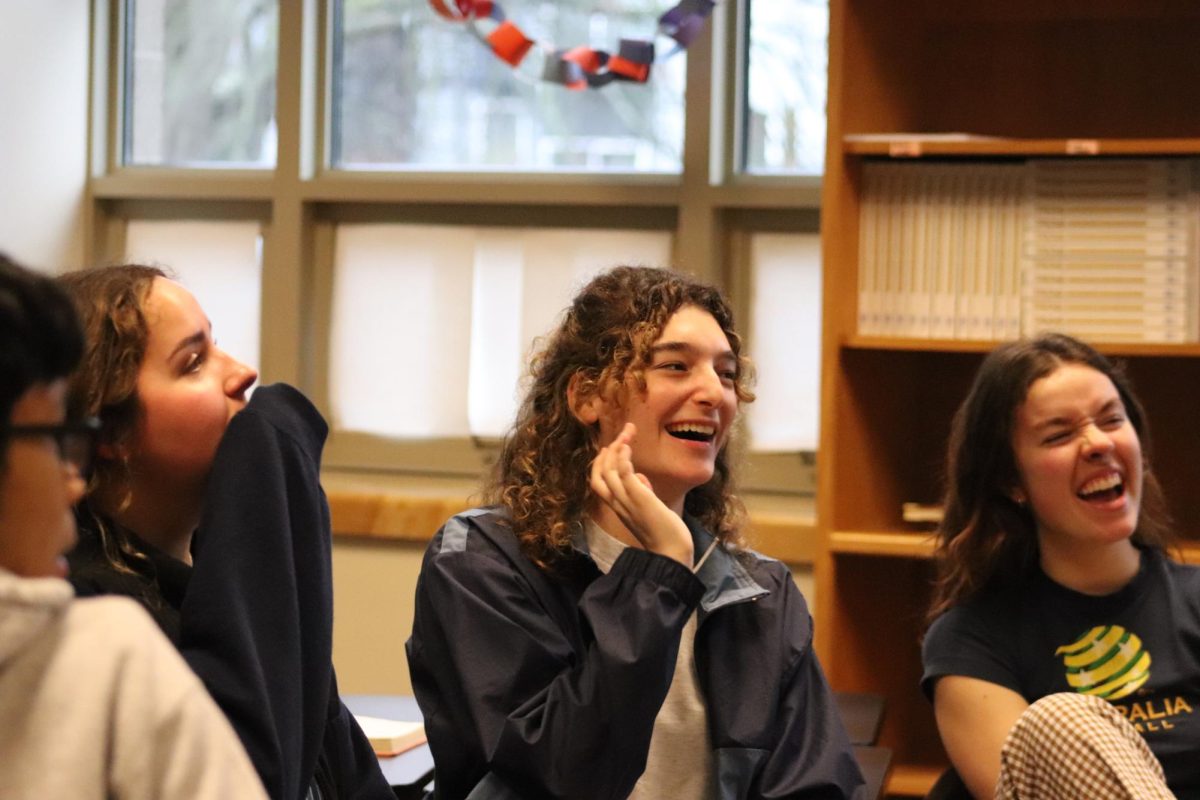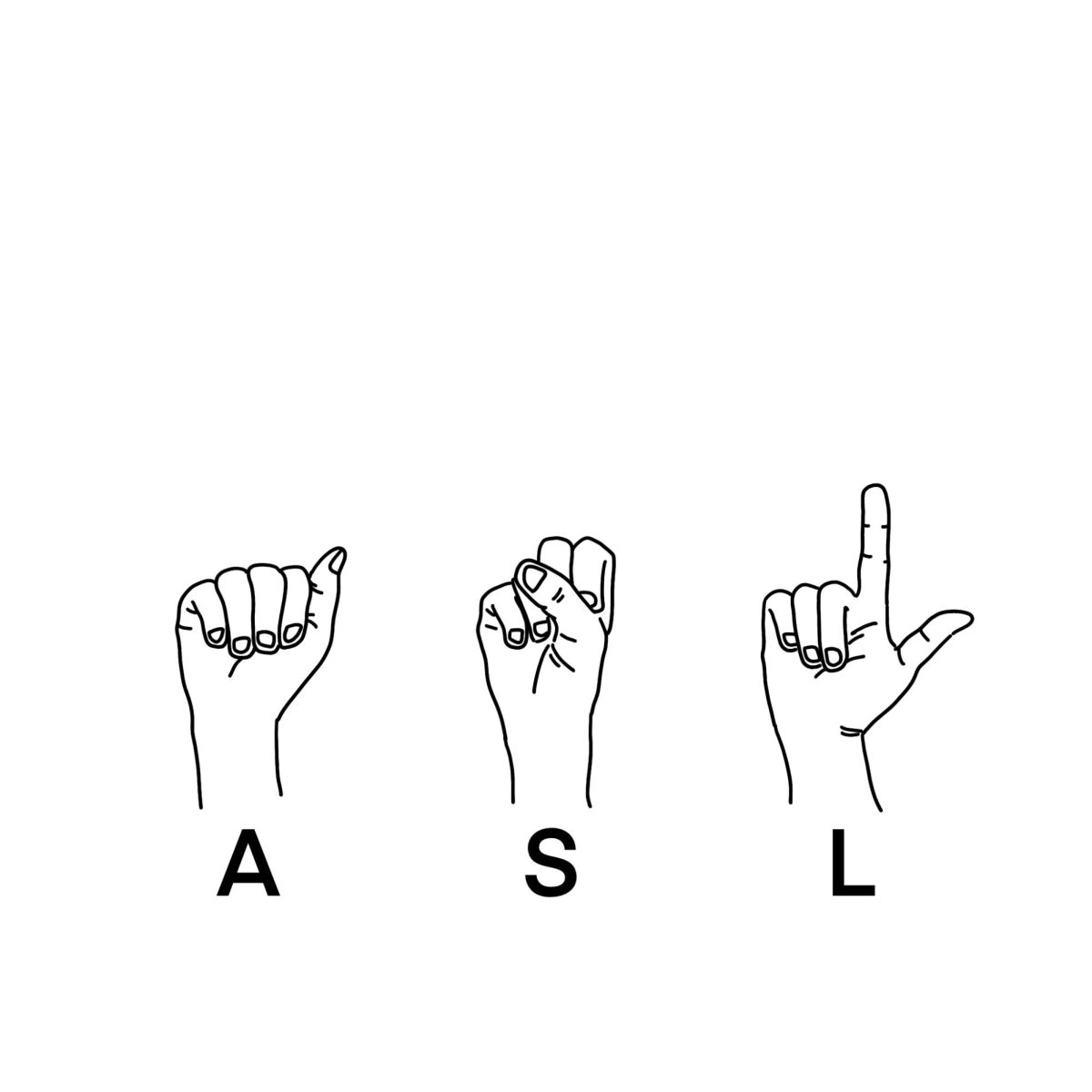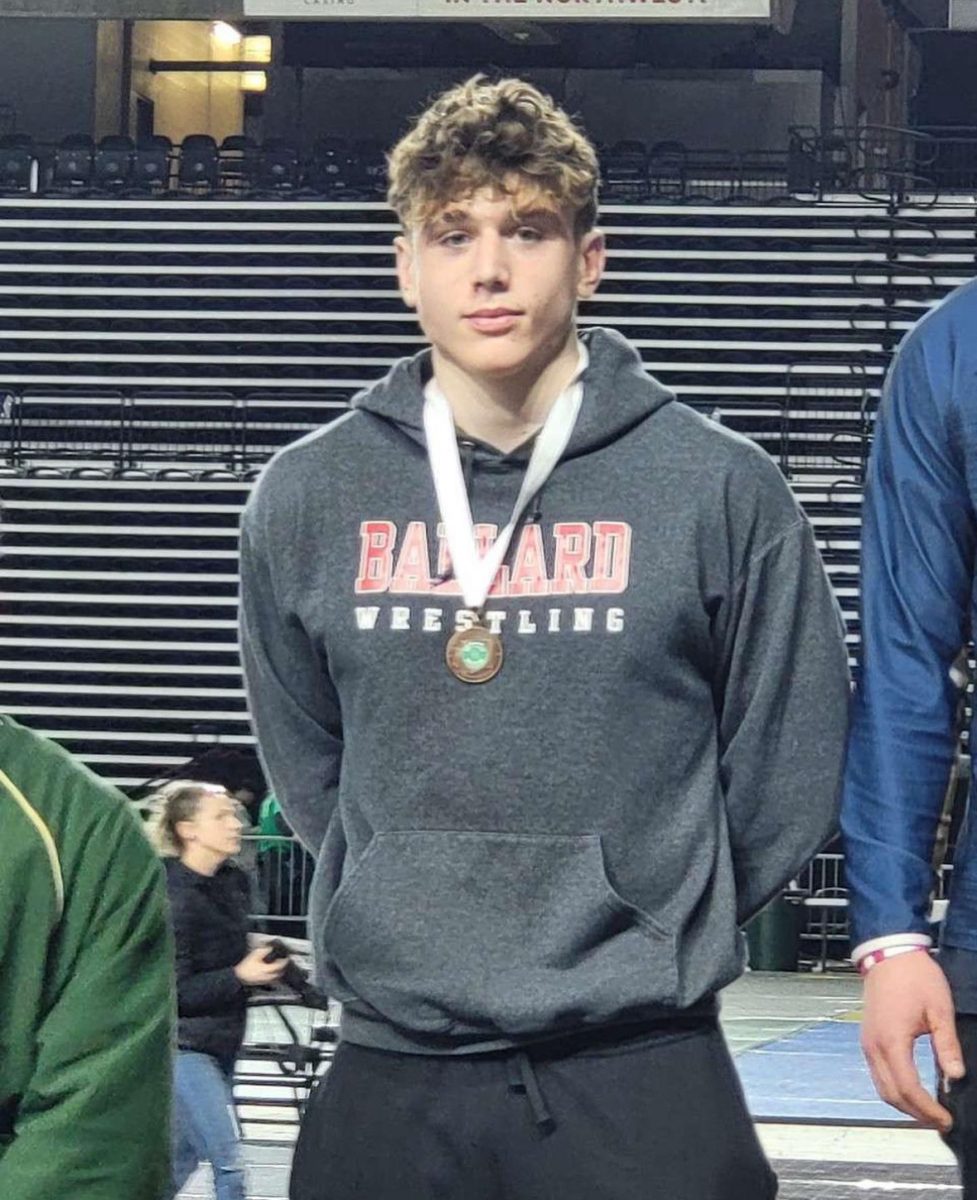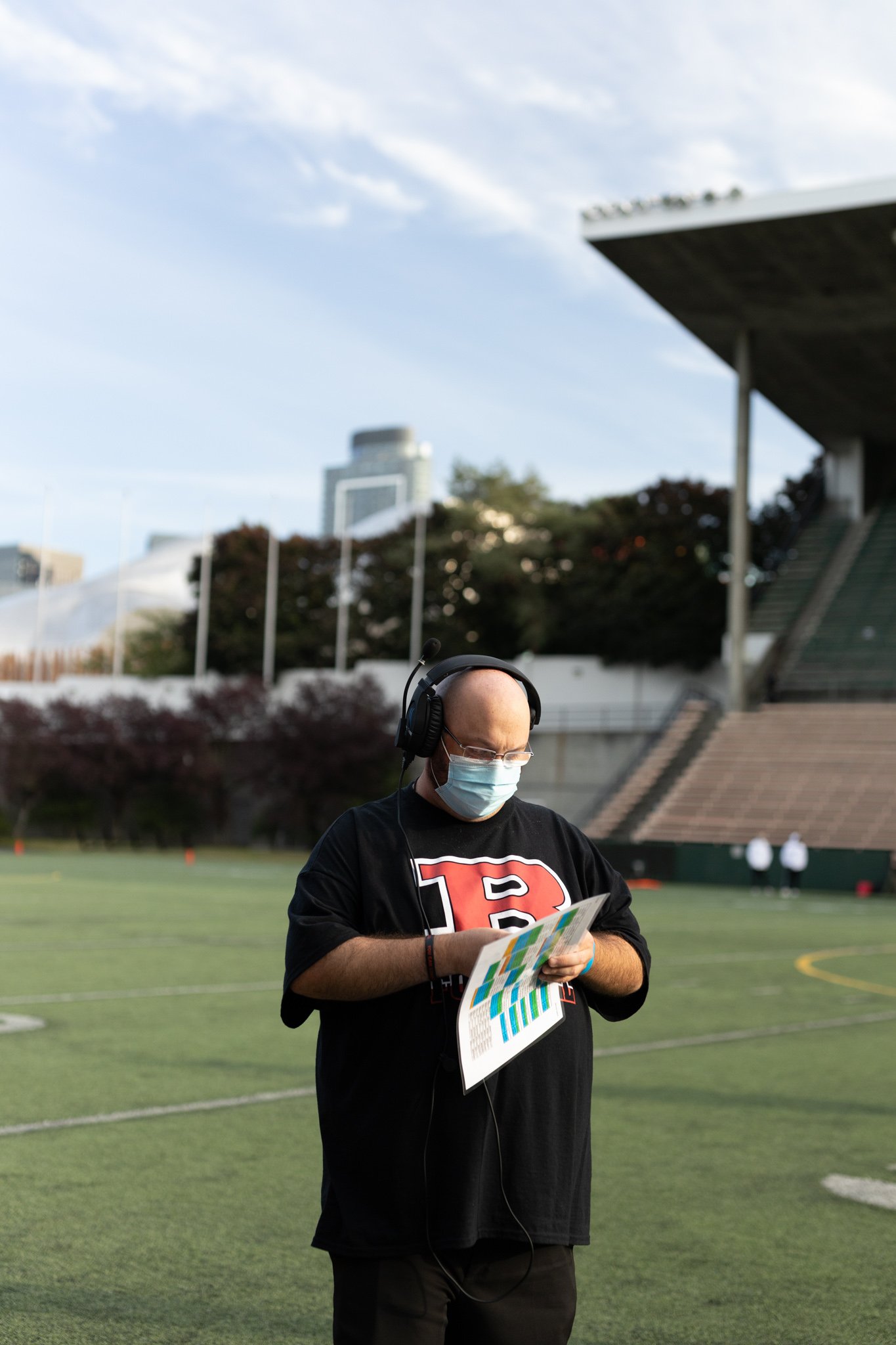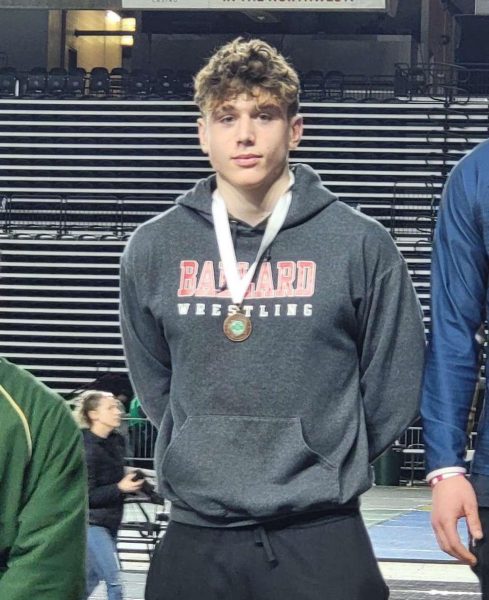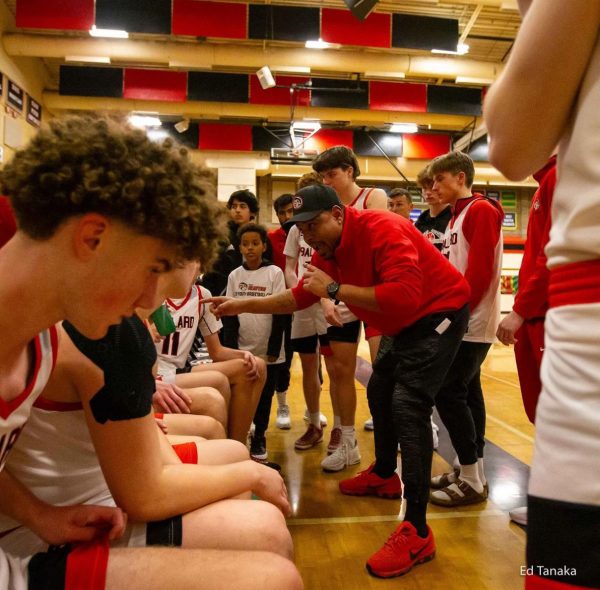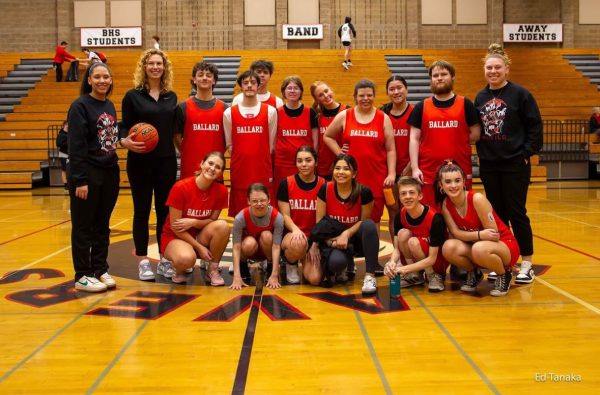Participation in sports drops after COVID-19 shutdowns
November 15, 2021
Athletics programs face repercussions of previous season’s pandemic restrictions
Originally published on November 9, 2021 by Annie Welman (Staff Reporter)
Coach Ross Humphries looks over his playbook during a game against Ranier Beach. The Beavers lost 20-7. (Tom Fathi)
The impacts of COVID shutdowns have been felt throughout the school community, and sports teams are no exception.
Ever since Seattle Public Schools shifted away from in-person learning during the spring of 2020, sports teams have had to adapt to restrictions, and many teams have seen an overwhelming decrease in student participation.
The girls swim and dive team struggled with this loss. After the shutdowns in early 2020, the team fell from 46 students during the 2019-2020 school year to 25 students during the 2021 fall season.
The number of students on the cross country team also dropped, going from 120 students in 2019 to 75 students in 2021.
A variety of factors account for this decline across various sports teams, including the difficult task of running those teams virtually. As teachers struggled to run classes virtually, coaches faced the challenge of maintaining team structure and morale without being able to play in person.
Ross Humphries, the head football coach, experienced this challenge first hand. After the COVID shutdowns, the number of players in the football program dropped from 91 to 75, despite consistent efforts to keep players involved.
“As soon as the shutdown happened last March, we quickly turned our program into a virtual program,” Humphries said.
This new virtual format looked different for different sports teams. For the football team, their “virtual program” involved many components, including online workouts, meetings through Microsoft Teams and more.
“Instead of having in-person workouts we had workouts posted to our players through Instagram for them to do at home,” Humphries said.
The sizable group of football coaching staff was also able to run regular one-on-one virtual meetings with players.
“We did some weekly check-in meetings, where we met with the players to see how they were doing,” Humphries said.
Humphries says these meetings allowed coaches to individually check in with players about their well being and keep them involved with the program.
The wrestling team also held regular virtual meetings during the shutdown in an effort to give wrestling updates, and to keep wrestlers engaged with the team. Cassidy Sylves, a junior who has wrestled since her freshman year, describes the meetings.
“We had meetings, but it wasn’t really about wrestling, it was more like, ‘hey, how are you doing?’” Sylves said.
Sylves says that these meetings helped keep a feeling of team bonding among the wrestlers.
“It was super fun being with everybody because wrestling is such a tight-knit group,” Sylves said.
Although these meetings provided a sense of
community, the wrestling team also experienced a significant decline in participation. Sylves estimated that the team went from about 50 wrestlers at the beginning of the 2019-2020 school year to 10 wrestlers during the 2020-2021 season.
The football team also worked to maintain a sense of community when they weren’t able to play inperson. One method was a “character challenge” that the team participated in with other regional schools. The challenge involved different themes each week where players could compete from their own homes in a variety of different activities. Humphries described an example.
“One of the weeks was a week of gratitude, so each week one of them had to go out of their way to thank somebody,” Humphries said.
Despite these attempts by both teams to maintain connections and participation, the team bonding online paled in comparison to in-person team relationships. As Humphries described, certain aspects of in-person play make connections with teammates significantly easier.
“The little conversations that you get in-person when you’re waiting around for a practice…that’s where you truly build your connection,” Humphries said.
An additional reason for the lower student in volvement in many sports was the difficulty of recruiting underclassmen when school was online. In many cases, far fewer freshmen joined sports teams during COVID shutdowns than coaches would expect during an in-person year.
“We normally get about 10 freshmen… this year we got two,” Sylves said.
Both girls swim and dive and football also experienced this, which contributed to their lower numbers.
“We haven’t been able to build a connection or to get to know freshmen students,” Humphries said.
Both Humphries and Sylves discussed how the lack of in-person interactions with freshmen made it harder to encourage them to participate.
“Most of the recruiting we do for wrestling is on campus,” Sylves said.
The lower underclassmen participation was a factor that contributed to lower team numbers.
Anxiety surrounding the spread of COVID also contributed to lower numbers, as these worries led some coaches and players to leave sports during the initial stages of returning to in-person play.
Whether this decision was made to protect vulnerable family members or for other personal reasons, it impacted a variety of teams, including the girls swim and dive team. Marcela Bonet, a swimmer on the team, shared her experience with this.
“Because we can’t use masks in the water, there was some concern about spread,” Bonet said.
Health concerns impacted the football team as well.
“During the pandemic we had three or four coaches that needed to step away,” Humphries said.
Despite the challenges faced by sports teams and the drop in student participation, sports served a key role for many students in maintaining their mental health through online learning and COVID shutdowns.
“Swim definitely helped me get through the pandemic,” Bonet said.
The mental health focus of football and wrestling meetings also helped students through this time, including the player check-ins and group meetings.
As a whole, even as numbers declined, the opportunity to stay connected to Ballard athletics made a difficult time a little easier for many Ballard students.



